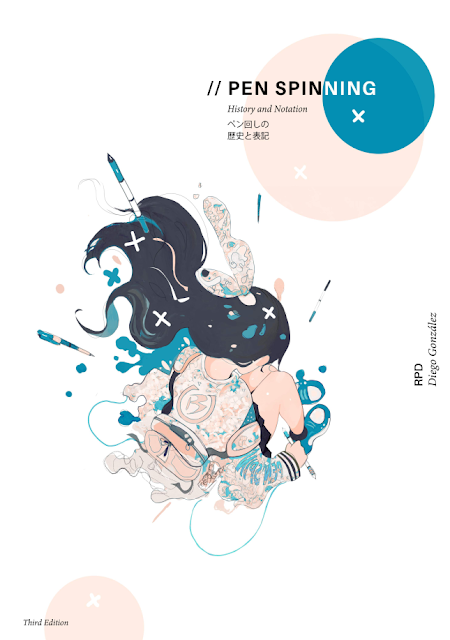Some announcements + A first look inside the new edition of the book
Hi!
After the release of the second edition of the book I got many requests for doing a paperback print run. However, it takes a lot of money to do a proper print run and I didn't want to immortalize something that I didn't feel satisfied with. Since then I have worked hard on improving the book to what I feel is as good as I can make it. Today, I finished writing it.
The book is now being copy edited, which will be finished on the first week of December. This means that preorders for the physical book will start on December, and they will be shipped on January.
The price for the softcover isn't set yet. We are talking with various Japanese companies to see which one provides the best quality at a reasonable cost. We will sell it on the collective website as cheap as iColor and I can manage to print and ship it without losing money on the process. The digital version will still be free for everyone.
Although I plan on doing small updates to it on the future, this will be its final version. I want to thank everyone who has supported me on this 8-year journey. It has been a beautiful project
A first look inside the third edition
Cover
The cover of the past edition was made by myself. For the paperback version we wanted something better, so Diobrando and I worked for a few months on this design. I am impressed with how it came out, he has done a beautiful job with the arrangement and colors. We all love notation-chan so let's move on to the next pointContents
Wait, wasn't this like, the whole book at the beginning!? Jokes aside, it's a dense chapter to read but I am very happy with how complete, unambiguous and standardized this notation came to be.
Pen spinning artlangs. I was stoked when Tchus told me that he still conserved some images from the tablature notation explanation. V01D's pitch-yaw-roll notation was also a nice late addition to the bunch.
I feel like not a lot of English-speaking spinners are interested in Japanese notation, but I think that concepts like the axis fingers or some of their modifiers are very interesting, and any notation fan should at least take a look at those.
Nowadays, FLow is working a lot to create a good Korean notation, considering that what they had been working with so far (abcd notation) was quite basic. It was a pleasure to talk with him about this.
And we come to the last one, the trick dictionary. I felt like no proper notation guide would be complete without a vocabulary list (aka an explanation of the trick names that are used), but this had proven to be a much, much more difficult task than expected. There are a total of 323 entries, of which 159 have images (you'll see later what kind of images these are). Between all languages (mostly English, Japanese and Korean), a total of ~700 different trick names are explained.
This is its entry on the second edition. The definition of bust is still incorrect. But hey, I fixed the uppercase T on Thai and I got a prettier monospace font, those are improvements!












Comments
Post a Comment